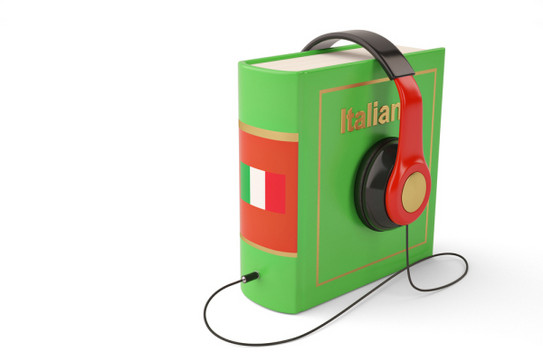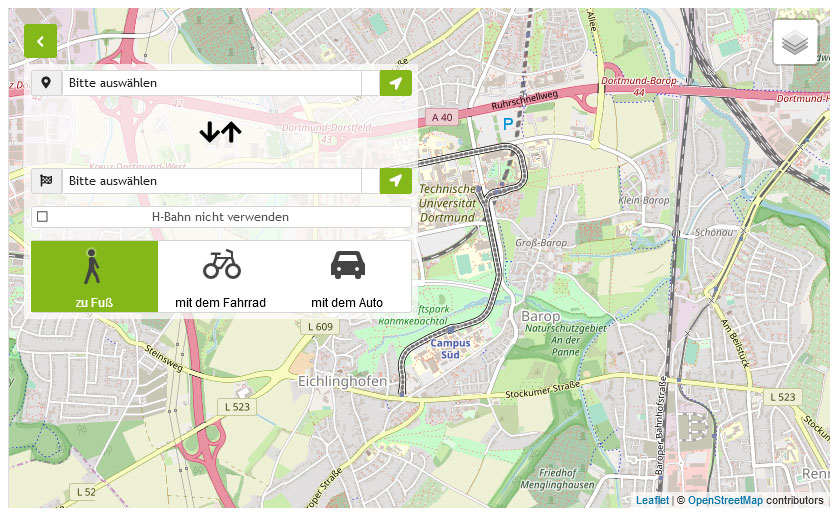Romance Languages
Romance languages form a central building block of globalization worldwide. According to the latest studies by the Council of Europe and UNESCO, Romance languages are already spoken by one billion people and have therefore become an important tool for international communication.

Romance languages belong to one and the same language family and therefore share many similarities. This means that you may be able to combine and learn several foreign languages more easily and effectively. This in turn qualifies you to gain experience abroad, which will not only benefit your studies, but will also convince your future employer. Our offer includes the four languages French, Italian, Portuguese and Spanish.
Course Platform
Find out more about our language courses on our course platform. The individual course descriptions are available there as PDF files for download.
Placement Tests
As a rule, you have to take a placement test before registering for a course. A placement test is necessary if you do not have an internationally recognized, current language certificate or have not completed a previous course.
Exams
Most of the exams in the Romance languages take place in the last week of lectures. The specific exam dates will be announced via the course instructors.
Featured Projects
In preparation for a stay abroad, we offer a so-called ERASMUS course with a focus on Romance languages every summer semester.
Self-learning
Find out about our offers for self-directed language learning.
DAAD Exam
You can take a DAAD language exam for Italian with us. Furthermore, we will inform you about where and how you can take a DAAD language exam for French, Portuguese and Spanish.









